Porous liposomes can provide a suitable environment for controlled nanoreactions admitting molecules of a specific size only.
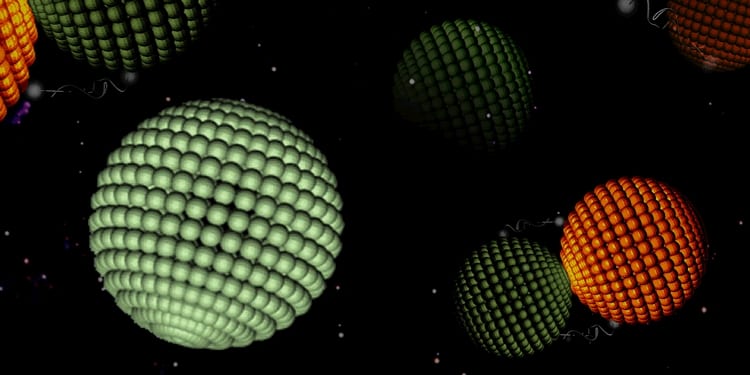

Porous liposomes can provide a suitable environment for controlled nanoreactions admitting molecules of a specific size only.

CRISPR is a newly developed, but rapidly advancing, genome editing technique that has advanced the nuclear imaging field by providing a means to fluorescently label a dead Cas9 protein fused with green fluorescent protein (dCas9-GFP), allowing scientists to microscopically track where certain proteins bind to the DNA.
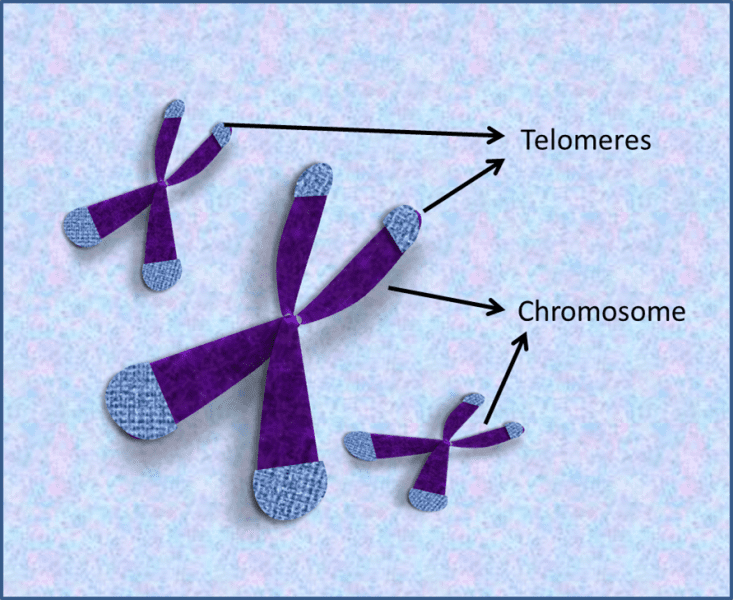
Ever take a good look at your shoelaces?

A mechanistic model of nonenzymatic polynucleotide replication is developed using methods of polymer engineering

Each year the Australian of the Year award recognizes and celebrates the achievements and contributions of eminent Australians. This year a lead stem cell scientist was recognized.

Single-cell RNA analysis is now possible through innovative platforms combining state-of-the-art microscopy methods with various contrast-generating nanomaterials
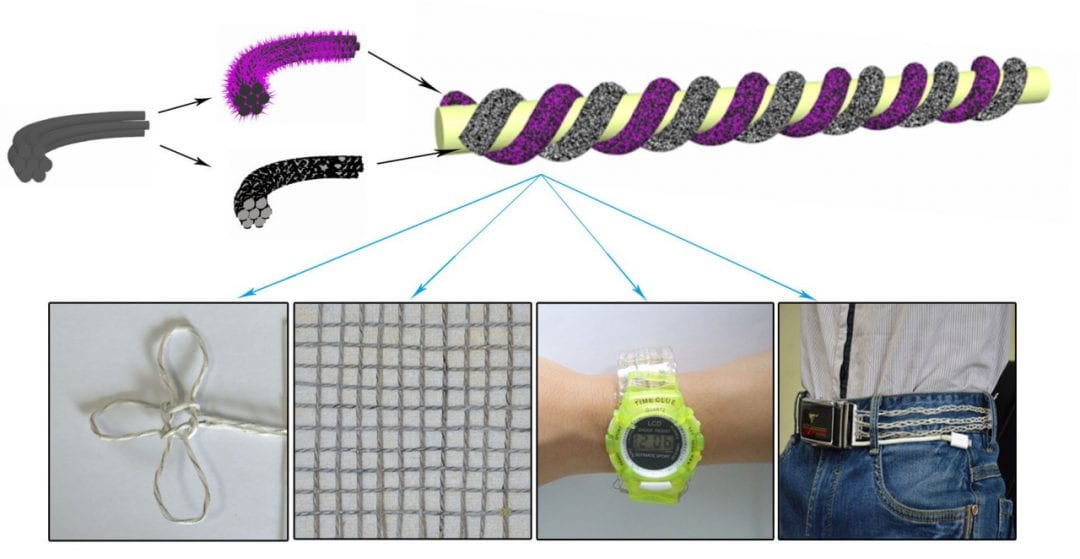
Prof. Guozhen Shen’s group has designed and fabricated metres-long flexible wire-shaped supercapacitors, which can be easily woven into wearable and patterned textiles.
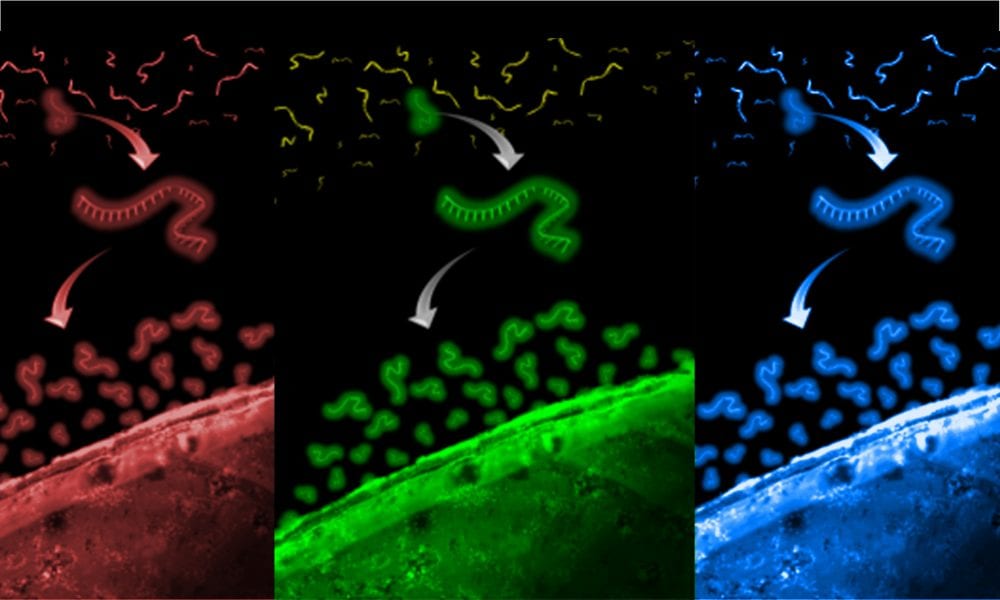
The group of Prof. Lendlein searched for polymer binding aptamers, which are able to selectively bind to specific material surfaces.
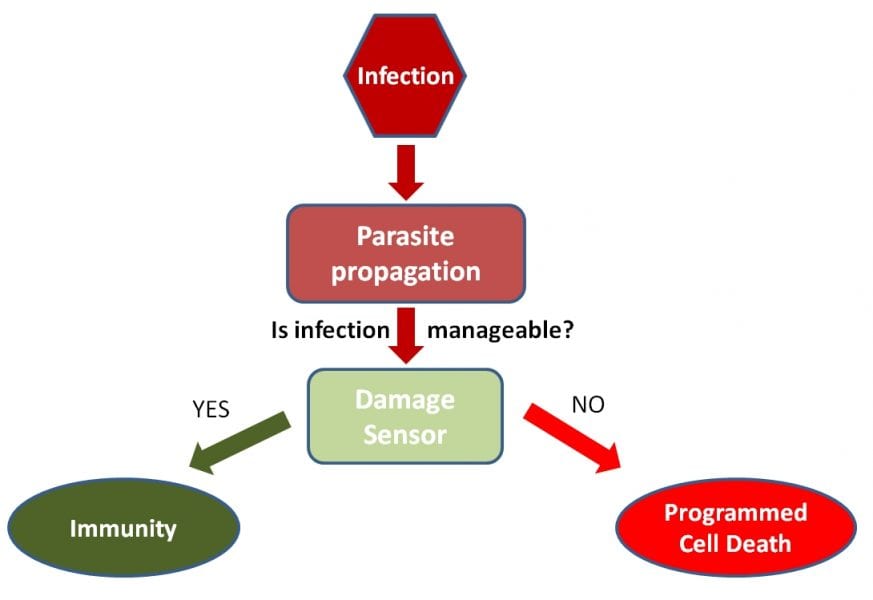
In their review in BioEssays, Eugene Koonin and Feng Zhang discuss the different outcomes when prokaryotes are infected by a virus.

The initial foundation to achieve biomimetic human robots may be here, via a platform for the rapid fabrication of biologically relevant artificial tissues and organs which was recently proposed.